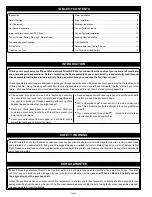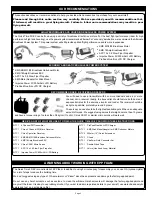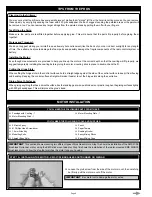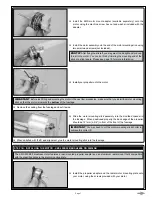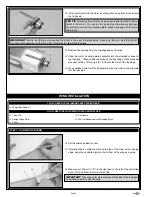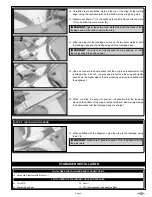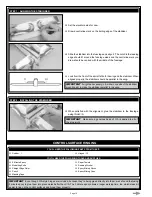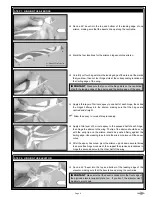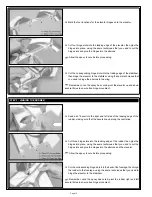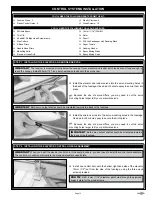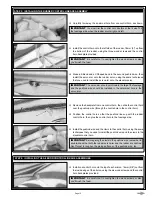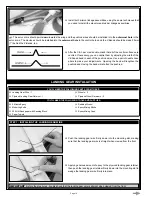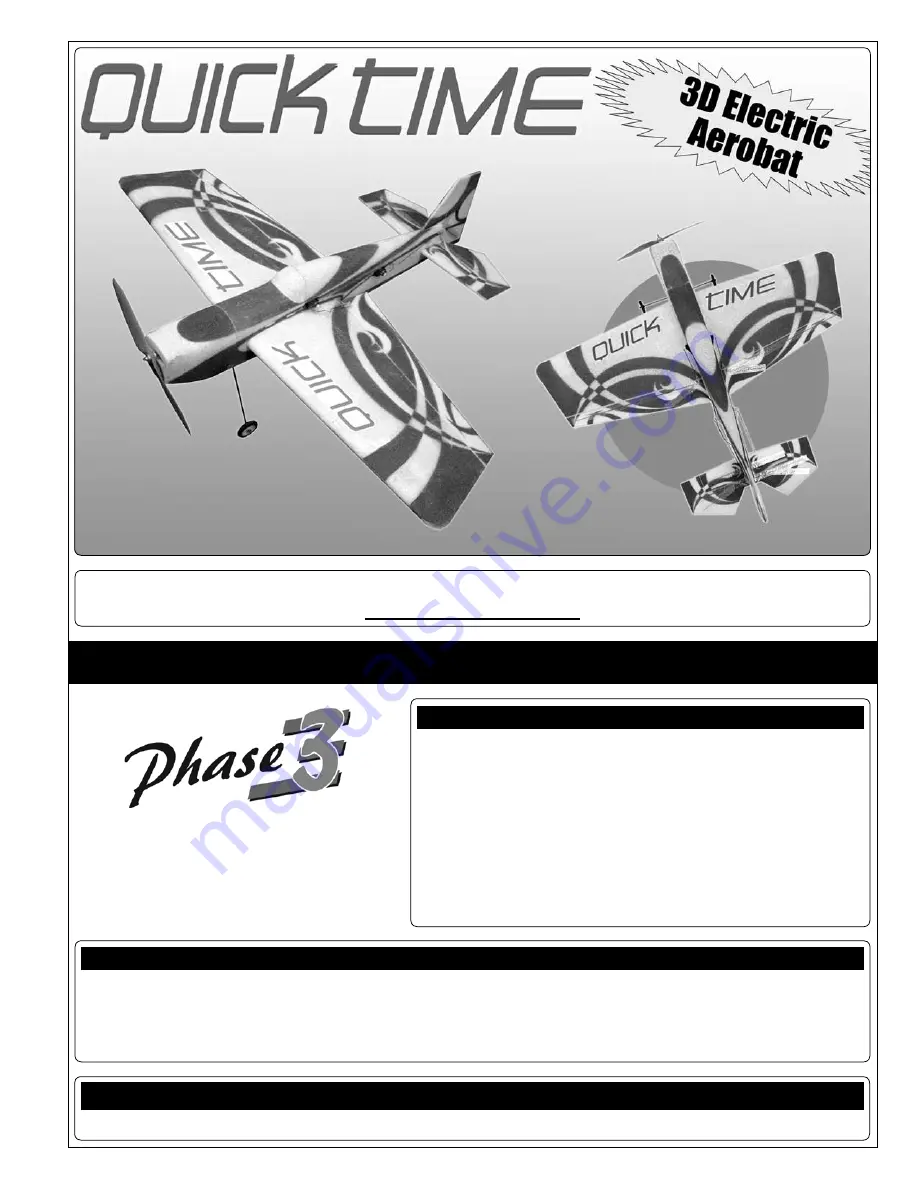
Page
features
ASSEMBLY INSTRUCTIONS
Kit Product Number PH012
Check out our website for more information on this and other exciting Phase 3 Models products!
www.phase3models.com
Wing span:
85mm (33.5 Inches)
l
Wing area:
20dm
2
(30 Square Inches)
Length:
768mm (30.25 Inches)
l
Weight rtf:
4g (4.5 Ounces)
l
Wing Loading:
2g/dm
2
(6.7 Ounces/Square Foot)
functions:
Ailerons, Elevator, Rudder and Throttle
l
radio required:
4-Channel or more with 4 Micro Servos and Micro Rx
Motor required:
2208/09 Direct Drive Brushless
l
esC required:
8Amp Brushless
l
Battery required:
3 Cell 900mAH Li-PO
Made in China
All Contents Copyright © 2007, Phase 3 Models
Version April 2007 - All Rights Reserved
Phase 3 Models,
P.O. Box No. 402,
texaco road PO,
New territories, Hong Kong.
PLease refer tO tHe seParate sHeet iNCLuded WitH yOur Kit fOr CustOMer serviCe iNfOrMatiON
CustOMer serviCe iNfOrMatiON
sPeCifiCatiONs
l
EPP sheet foam, open-frame construction
l
Extensive carbon fibre reinforcement
l
Low wing loading
l
Factory-built - only simple construction remains
l
Durable design - will take plenty of abuse!
l
Easy to repair
l
Pre-painted, attractive colour scheme - easy to see in the air
l
Includes all necessary hardware
l
Fast and easy assembly - over 50 high-resolution photos to guide you


